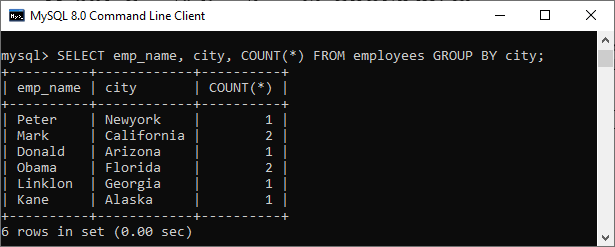
It translates to CROSS JOIN in relational databases. When the collection selector isn't referencing anything from the outer source, the result is a cartesian product of both data sources. Collection selector doesn't reference outer

Depending on how the collection selector is related to the outer data source, SelectMany can translate into various different queries on the server side. In a way, it's a join but without any condition so every outer element is connected with an element from the collection source. The LINQ SelectMany operator allows you to enumerate over a collection selector for each outer element and generate tuples of values from each data source. įurther, if the key selectors are anonymous types, EF Core generates a join condition to compare equality component-wise. On photo.PersonPhotoId equals person.PhotoId So EF Core generates a join condition by comparing the outer key selector to the inner key selector for equality.

While the LINQ Join has outer and inner key selectors, the database requires a single join condition. It naturally translates to INNER JOIN on relational databases. The LINQ Join operator allows you to connect two data sources based on the key selector for each source, generating a tuple of values when the key matches. The group by multiple columns is often used to generate queries for reports.You can view this article's sample on GitHub.


We can use the group by multiple-column technique to.Let us discuss some of the usage and benefits of using group by multiple-column technique: We can also provide expressions as the grouping criteria. We can specify criteria on single and multiple columns (like column_1_criteria, column_2_criteria., column_n_criteria). At last, we can provide some conditions on certain columns using the WHERE clause. After the columns, we provide the targeted table name (the table from where the result is to be fetched). In the syntax above, we first provide the names of the columns (column_1, column_2., column_n) of the table from which we want to retrieve the results.


 0 kommentar(er)
0 kommentar(er)
